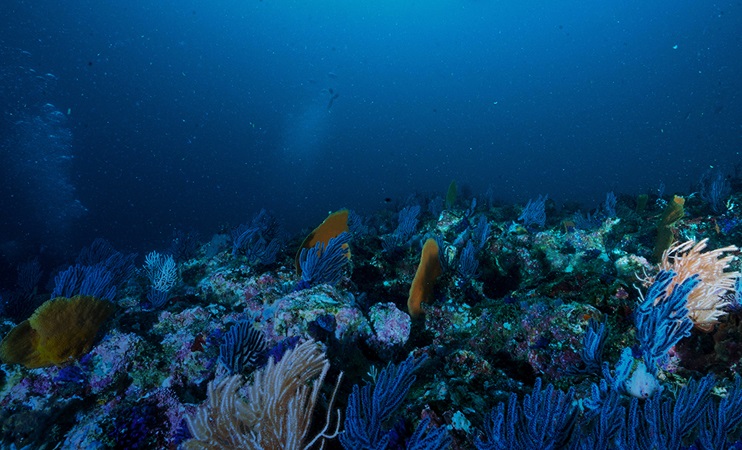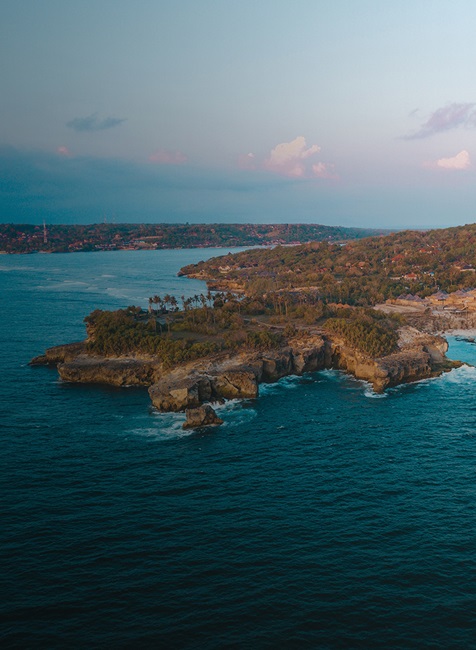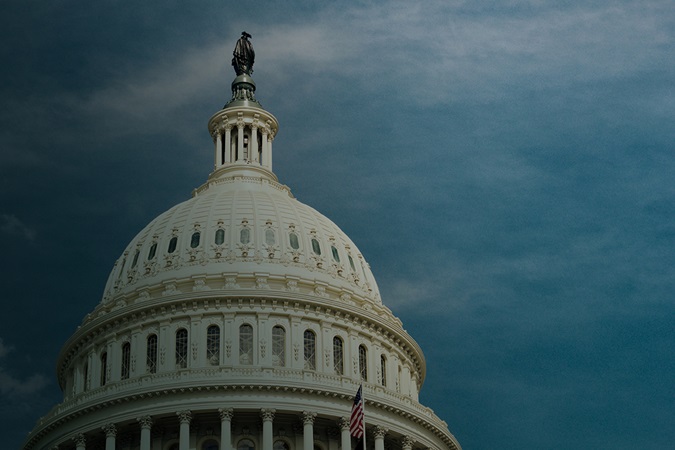
CURRENT FUNDING: NATIONAL SCIENCE FOUNDATION
Latest NSF budget numbers (in millions)
| FY 2018 Omnibus | President's FY 2019 Budget Request | House FY 2019 Spending Bill | FY 2019 House Bill vs. FY 2018 Omnibus (%) | Senate FY 2019 Spending Bill | Senate FY 2019 Spending Bill vs. FY 2018 Omnibus (%) | |
|---|---|---|---|---|---|---|
| Overall | $7,767.36 | $7,472.00 | $8,200.00 | 5.57% | $8,100.00 | 4.28% |
| Research & Related Activities |
$6,334.48 | $6,150.68 | $6,651.50 | 5.00% | $6,560.18 | 3.56% |
| Education & Human Resources |
$902.00 | $873.37 | $902.00 | 0.00% | $915.00 | 1.44% |
| Major Research Equipment & Facilities | $182.80 | $94.65 | $268.04 | 46.63% | $249.25 | 36.35% |
| National Science Board | $4.37 | $4.32 | $4.37 | 0.00% | $4.37 | 0.00% |
| Office of Inspector General | $15.20 | $15.35 | $15.35 | 0.99% | $15.35 | 0.99% |
| Mission Support | $289.54 | $245.00 | $275.63 | -4.80% | $300.26 | 3.70% |
| Agency Operations and Award Management |
$328.51 | $333.63 | $333.63 | 1.56% | $328.51 | 0.00% |
Specific areas of interest and concern
The Senate bill would provide a 3.6-percent increase, compared with a 5-percent increase in the House companion bill, for the Research and Related Activities account, which includes funding for the Geosciences directorate.
The Established Program to Stimulate Competitive Research (EPSCoR) would receive an increase in both chamber’s spending bills.
The Senate version would encourage the NSF to transfer USArray Monitor stations, which NSF planned to remove in 2019, to the U.S. Geological Survey. The Senate report also would direct the NSF to request adequate budget resources for the 2020 VORTEX-SE tornado research campaign. In response to the planned 2020 de-commission of the R/V Marcus G. Langseth, the Senate report directs NSF to brief Congress on future plans for marine seismic research, including maintaining access to world class research tools.

More areas of interest or concern
The House report reiterates provisions in the American Innovation and Competitiveness Act, a 2017 law that calls for NSF proposals to address how a project fulfills its mission and directs the NSF to administer the broader impacts criteria prescribed by the law. It also supports the Antarctic Infrastructure Modernization for Science program, the More and Better Science in Antarctica through Increased Logistical Effectiveness report, ocean exploration, and would provide $48,000,00 for the International Ocean Discovery Program (IODP).
Mirroring the House committee report, the Senate report specifies funding for 3 Regional Class Research Vessels.
Finally, Agency Operation and Award Management would receive $5 million less than the Administration’s request in the Senate bill. On the other hand, the House bill would provide an additional $5 million and directions to “address data security concerns, including intellectual property in NSF-funded research projects or at NSF-funded facilities.”

Want more science policy?
Follow our blog for budget updates from AGU staff, as well as other science policy news.
No FY 2019 funding bill for NSF in either chamber
Neither chamber has passed its Commerce, Justice and Science spending bill, which funds the National Science Foundation (NSF) for fiscal year (FY) 2019. NSF would receive a funding increase in both the House and Senate bills, amounting to $8.1 billion or a 4.3-percent increase from FY 2018 in the Senate bill and $8.2 billion or a 5.6-percent increase in the House bill. The Senate’s committee report accompanying the bill specifically outlines that funding for NSF’s “10 Big Ideas” should not come at the expense of funding core research.
